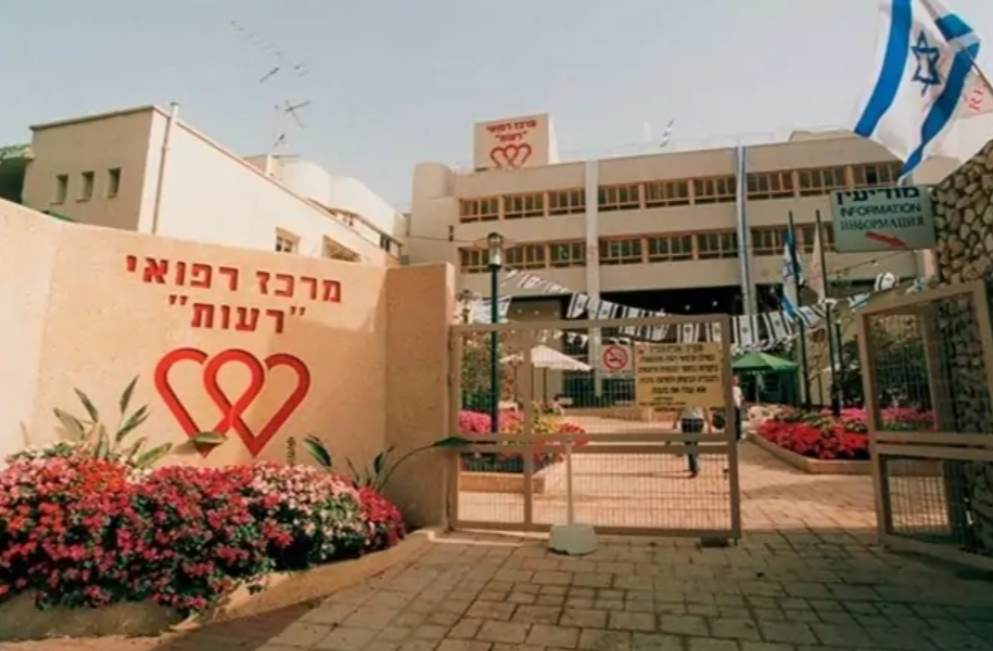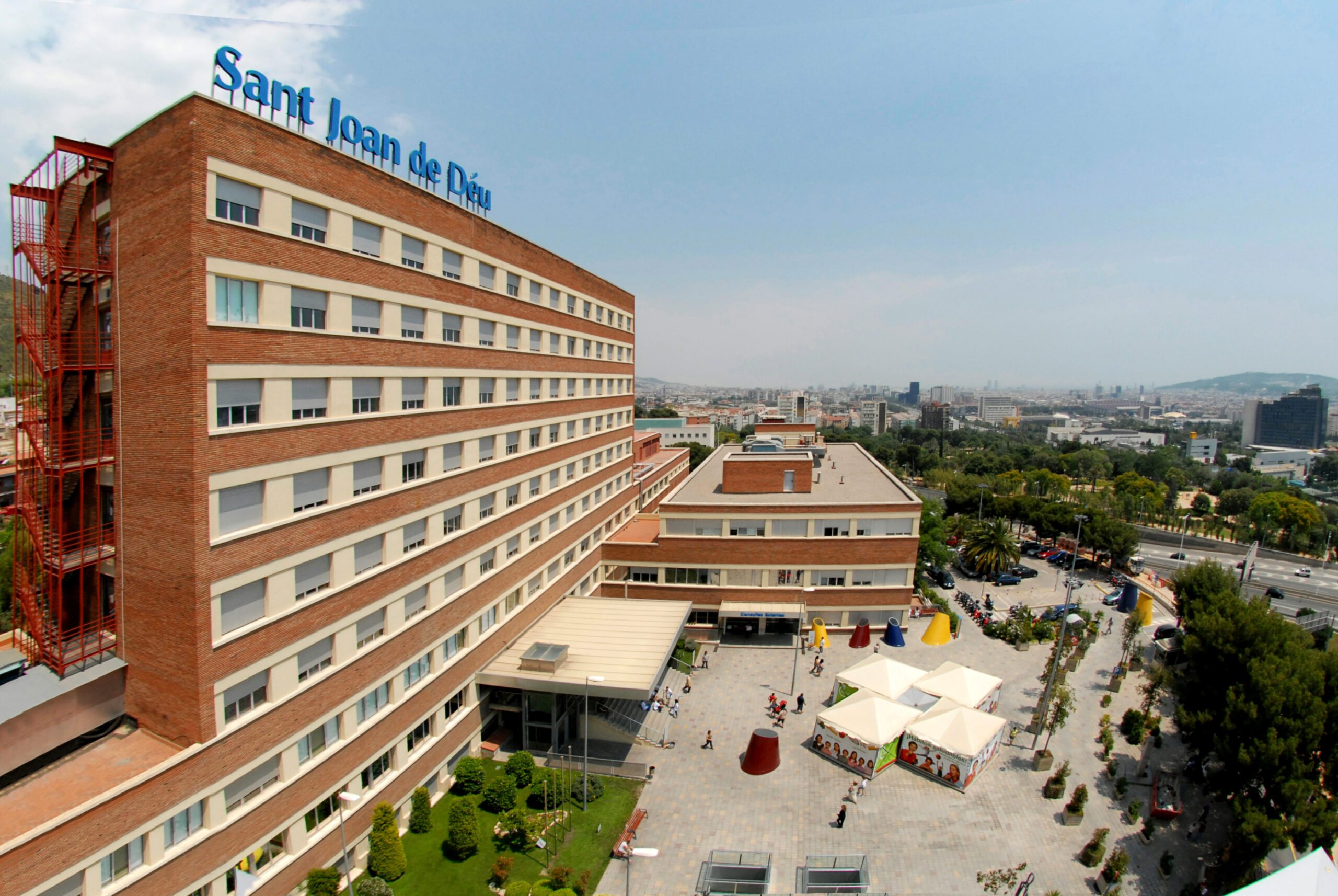Neurological Rehabilitation: What Can Lead to This, Models and Goals
Neurological rehabilitation goal is to improve the physical condition after trauma or serious neurological pathologies: Parkinson’s disease, multiple sclerosis, stroke, etc. Rehabilitation therapy is aimed at restoring a person’s dependence.
Rehabilitation takes 4-6 weeks, nevertheless, the plan is developed for each patient considering individual goals and factors. In the general rehabilitation course, patients are engaged with specialists for 2-3 hours daily.
Phase neurological rehabilitation model
Neurology rehab has seven stages, and each is adjusted based on neurological damage nature and its symptomatology intensity. Phases are measured by the Barthel index – a scale assessing how independent a person is in everyday life. Recovery model looks as follows.
- A-phase – patient is admitted to intensive care unit.
- B-phase – rehab beginning. Human consciousness is disturbed and requires intensive methods. Rehabilitation is aimed at consciousness improving, bringing him/her to the original norm before damage.
- C-phase – more active therapy begins, involving patients directly. Nevertheless, medical attention is still provided. C-phase involves partial mobilization restoration.
- D-phase – rehab beginning using traditional clinical methods;
- E-phase – secondary rehabilitation: reintegration into society, return to daily activities and professional skills restoration.
- F-phase – practical rehabilitation launching. Initiation of cure for patients in vegetative state.
- G-phase – patient support and comprehensive assistance with full return to independent being.
When does a person need rehab?
Nerves are located throughout the organism, activating our actions and giving them intensity. When nerves are damaged, people lose the ability to function properly, and to perform vital manipulations. Serious nerve damage requiring neurological rehabilitation is provoked by:
- suffering a stroke;
- cerebrum and spinal medulla trauma;
- infectious inflammatory processes attacking the nervous system;
- immune mechanisms disturbances damaging nerves;
- degenerative neurological pathologies, particularly, Alzheimer’s and Parkinson’s diseases, etc;
- cerebrum and spinal medulla tumors;
- hernia with pinched nerve;
- cerebral palsy.
New therapy techniques
In medicine, occupational and neurological rehabilitation physical therapy, massages and psychological influence methods are actively used. Among the advanced neurological rehabilitation, the following are accessible.
- Transcranial electrical stimulation.
Electrodes are affixed to the patient’s head and electric current is passed. Thus, there’s an active nerve endings and sensor stimulation, activating the nervous system functions.
2.Functional electrical stimulation.
Electrodes are attached to areas having paralyzed nerves. Current impact on damaged nerve cells helps to restore their sensitivity.
3.Neurofeedback.
Involving computer programs operating on a conscious human brain impulse. Computer recognizes the orders sent from the cerebrum and implements it instead of the nervous system. It can be realized both through natural human organs stimulation, and with assistive devices: wheelchairs, prostheses, etc.
4.Robotic locomotor therapy.
Lokomat is a simulator designed to return the patient’s full mobility. Mechanism imitates the walking of a person, helping the patient, who is directly on the simulator, to activate their own nerve impulses.
Who implements neurological rehabilitation?
To implement neurological rehabilitation programs, it’s necessary to attract a professional team. This isn’t only about doctors and social structures representatives. For the full patient rehabilitation, it’s necessary to involve BIO-engineers, IT specialists and many others.
Technological components and therapy must interact and function in parallel. Their interconnectedness is the key to successful rehabilitation neurological courses and speedy recovery of patient’s condition.










